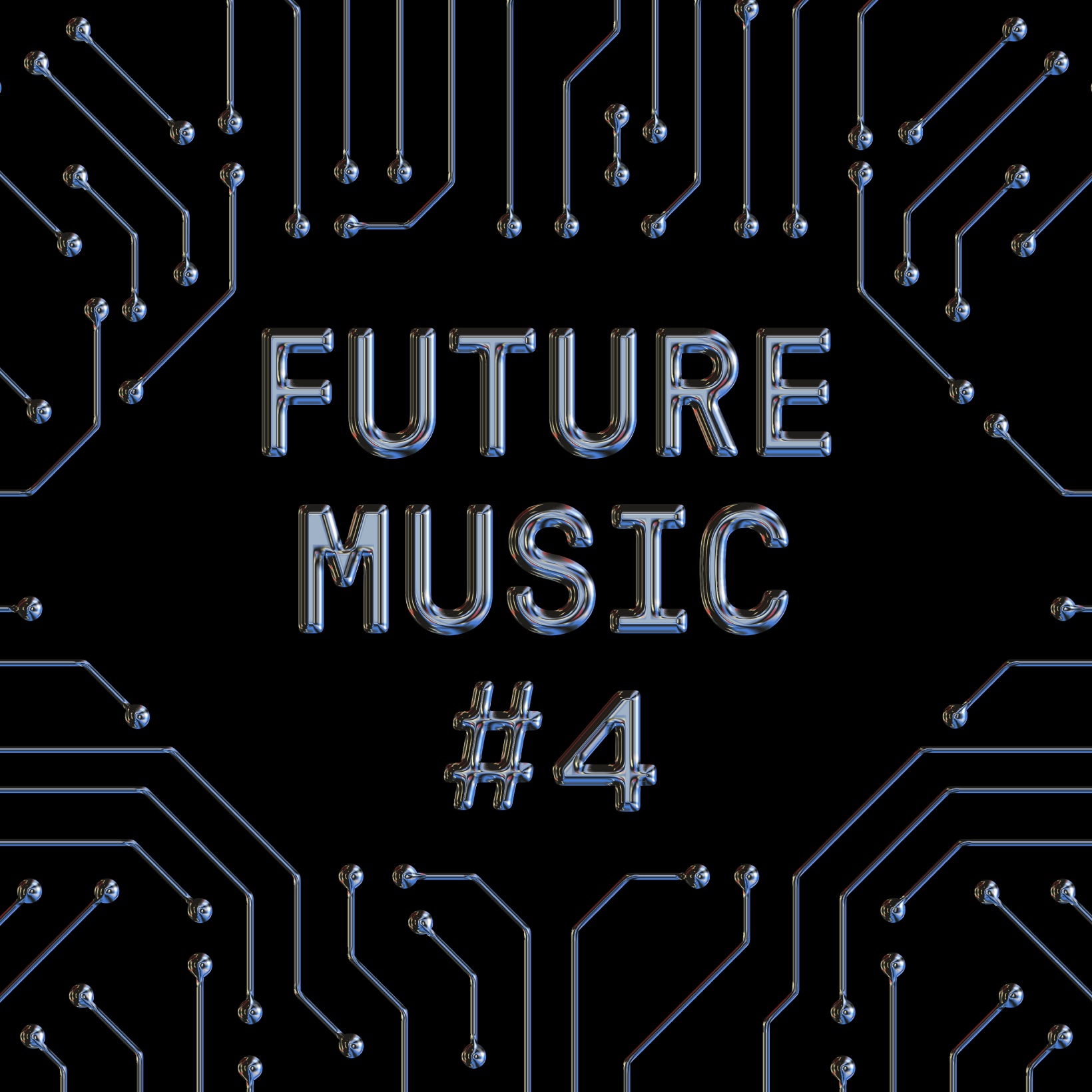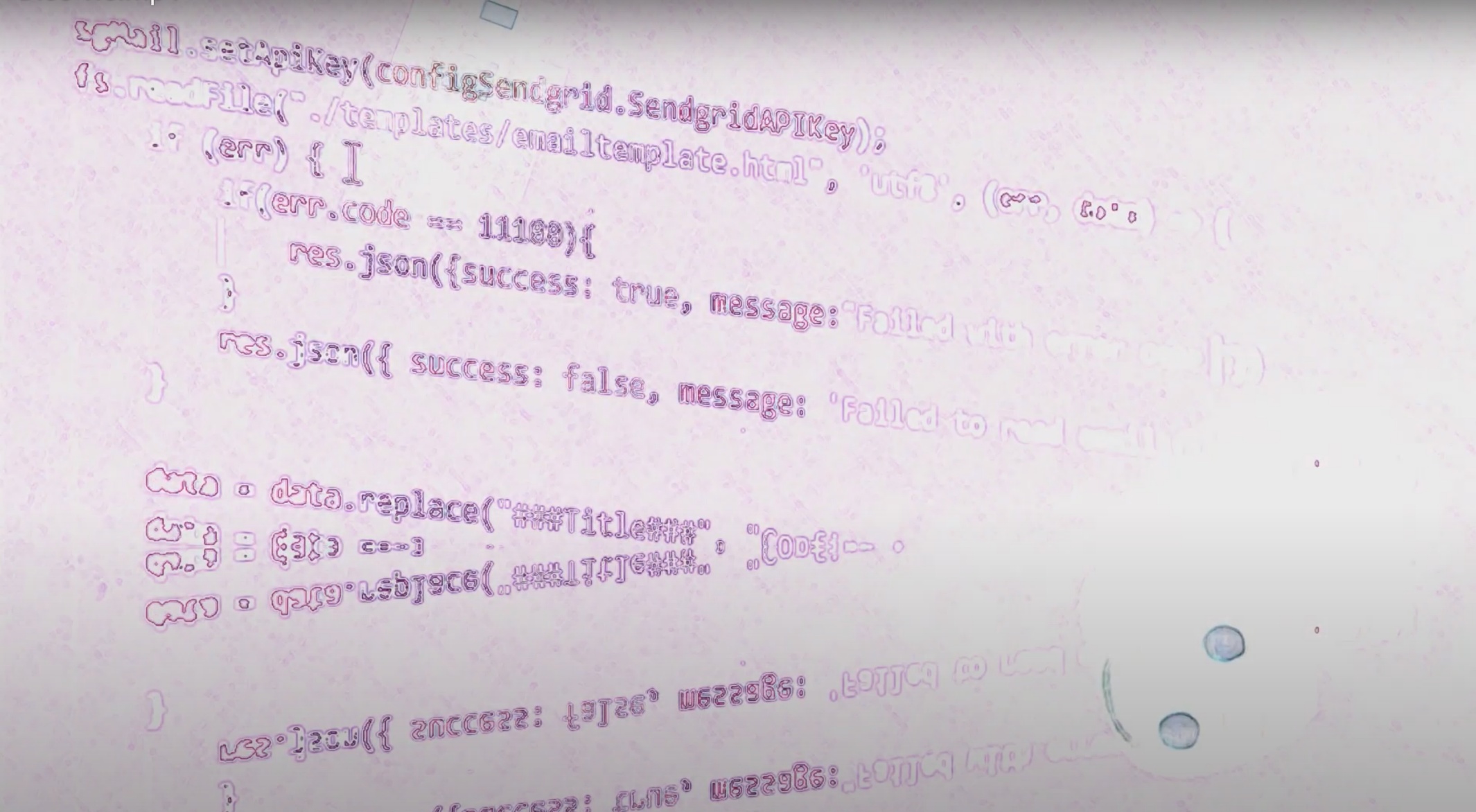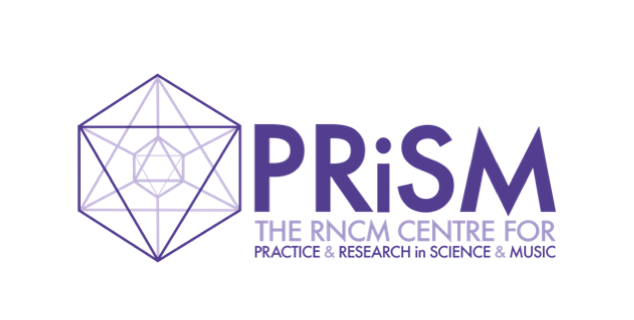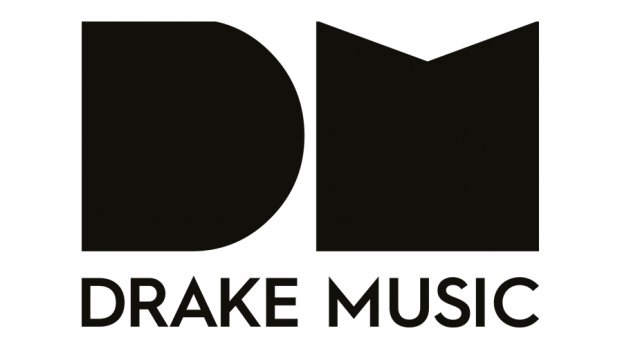Outlier for Distractfold, Luke Moore, Elle Chante and AI
17 October 2022
Introduction
 Celebrating both the 50th Anniversary of the RNCM and the 5th Anniversary of PRiSM, RNCM PRiSM’s annual festival Future Music returns this autumn with a series of diverse and dynamic events happening between 25-29 October at the RNCM and across Manchester.
Celebrating both the 50th Anniversary of the RNCM and the 5th Anniversary of PRiSM, RNCM PRiSM’s annual festival Future Music returns this autumn with a series of diverse and dynamic events happening between 25-29 October at the RNCM and across Manchester.
The opening concert on 25 October will see Distractfold, players from BBC Philharmonic, and PRiSM & Drake Music Artists in Residence jointly present 3 new works by Sam Salem (PRiSM Lecturer in Composition), Bofan Ma (PRiSM Post-Doctoral Research Associate), and Megan Steinberg (PRiSM Lucy Hale Doctoral Composer in Association with Drake Music).
Amidst this busy period of rehearsals and preparation, we spoke with Megan about her new piece Outlier II. In this PRiSM blog, Megan shares with us how this piece connects to her ongoing doctoral research, and her approaches of putting accessibility at the start of her creative processes.
Outlier for Distractfold, Luke Moore, Elle Chante and AI
By Megan Steinberg
My research is particularly interested in placing accessibility at the start of the process; allowing the music to develop according to the performers involved and not asking them to adjust or adapt to an inaccessible format or process.
Since October 2021, I have been considering the impact of Artificial Intelligence on disabled, d/Deaf and neurodivergent people. We are caught between the potential to improve lives and the potential to do harm.
On one hand, we have photo recognition softwares that allow people with visual impairments to recognise objects and paths through their phone camera, such as Seeing AI or Google Lookout.
On the other, we have driverless cars that do not recognise wheelchair or mobility aid users as pedestrians.

Still from the video component of ‘Outlier’, created by Luke Moore.
We should consider that the underlying issue with AI bias, which also includes discrimination against women/gender minorities and people of colour, is the process of generalisation upon which it relies.
A dataset may include 99.9% data that classifies a pedestrian as a person walking between x and y miles per hour; the 0.1% who may walk or travel differently due to a disability will not be factored into any output.
Instead, they are considered outliers.
The question I wanted to answer was how to express this musically. ‘Outlier’ was composed for and with Distractfold ensemble, and Drake Music RNCM PRiSM Artists in Residence Luke Moore and Elle Chante.
The piece presents a structural and timbral representation of the process of generalisation AI undergoes. It is to be played by six live performers, underpinned by one fixed media audio track, as well as visuals created by Luke Moore. All six parts move gradually from a natural and free improvisation toward a monotonous and mechanical AI-generated motif (see Example 1 below). Throughout the piece we hear the individuality of each performer slowly melt away into homogenised playing of this AI generated motif.
‘Outlier’ is also an exploration of success and failure in improvisation. Partway through the performance, the musicians begin rolling 20-sided die to determine how ‘successfully’ they play the motif: 1 being complete failure and 20 being a perfect recitation. This is an interesting exploration of what success or failure is in improvisation, and how it is interpreted differently by different performers.
This model of chance procedure is taken from the game Dungeons and Dragons, which employs the use of die rolls to determine how successful a player is in carrying out an action.
The fixed media audio track is made up of material generated by PRiSM SampleRNN, which was trained upon a dataset of recordings of each performer rehearsing the AI generated motif discussed above. Below are two short examples of the results generated by the software:
You can hear that the neural network has picked up on certain intervals in the original AI motif. It mostly, interestingly, generated a string sound or bass clarinet sound. The vocals, bass and electric guitar are not immediately obvious in the generated timbre.
Accessibility was considered before any other components of the work. The scores and sounds were designed according to the needs and perspectives of the performers.
Rather than creating one score according to my own preferences for communicating and designing a piece, I consulted with each performer individually to understand how they read, interpreted and communicated music. This led us to developing multiple formats of the score for Outlier, including a graphic score, text score, video score and tactile score. Each score represents the same structure and timbral shifts in a different way.
Could this process of putting accessibility at the start of the process be applied to the world of Artificial Intelligence? Widen datasets to be more inclusive and address any points in a dataset that are being considered outliers. We should address inequalities in datasets in order to ensure AI technologies are designed taking differences into account.

The creative team of Outlier. From left to right: Distractfold (Linda Jankowska, Rocío Bolaños, Dan Brew, Alice Purton), Elle Chante, Luke Moore, Megan Steinberg.
Watch Megan Steinberg (2022): Outlier II




